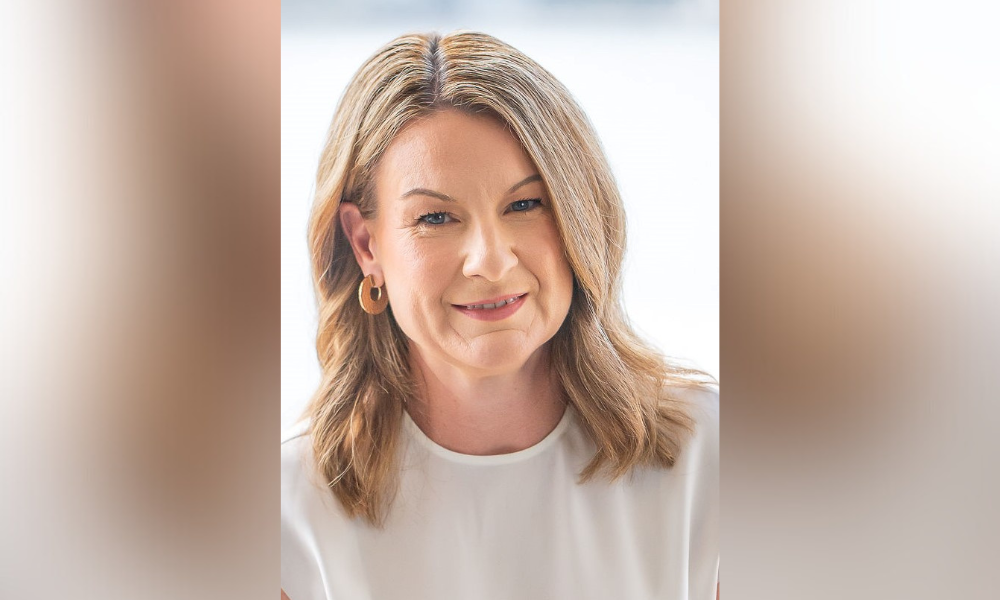
'Sometimes you have to do things that feel wholly uncomfortable to make significant change - especially in DEI,' says HR leader

Figures released recently reveal a drop in the gender pay gap in public service, with levels falling to the lowest ever.
Now 7.1% compared to the previous figure reported over 12 months of 8.6%, the news follows the launch of the Public Service Gender Pay Gap Action Plan back in 2018 which outlined a set of actions to help close gender, Māori, Pacific and ethnic pay gaps.
Other organisations too are striving to balance out inequalities.
At ANZ, addressing DEI is a priority, according to Michelle Russell, CPO. Recently listed as one of the top in the profession on HRD’s Global 100 for HR 2023, Russell believes that part of being a transformational leader is about driving strategic change – and this includes addressing equality.
Michelle Russell was recognized as one of the Best HR Executives in New Zealand. Check out all the winners here.
Equity and equality
“What we're trying to achieve is really getting to the crux of the difference between equity and equality. The fact is that actually sometimes you have to do things that feel wholly uncomfortable to make significant change, especially in the equity, diversity and inclusion space. And we haven't nailed it yet but we've started the conversations.”
Russell says she believes the key to driving change will be to use storytelling in what’s a traditionally male-dominated industry.
“It’s an interesting challenge for us to really get people thinking differently and to being comfortable on the uncomfortable around some of the decisions they're going to have to make.
“Things like getting a gender pay tool in place for recruitment is helpful, where you can get the average male salary and the average female salary for roles of the similar type. These help make better informed decisions, especially when those can be difficult for line managers to make in the context of what they've always done previously.”
DEI makes business sense too
Russell also believes strongly that when organisations want to make transformational change, they need people who are able to think differently. It’s also essential to recognise that value to the business comes from many different perspectives.
“It’s about challenging situations, when people might say perhaps someone hasn’t got the same technical experience, but pointing out that they're coming with possibly a bunch of skills that haven’t been in that space before. These tend to be the skills of the future - the softer skills such as critical thinking, resilience, problem solving, empathy. They might have a broader perspective or a different approach to problem solving and that’s equally as valuable to an organisation.”
The bank's strategy on diversity, equity and inclusion extends further than gender-related matters and part of that includes a long-term Te Ao Māori strategy.
“From an employer’s perspective, this is important because being in New Zealand, Māori and Pacifica are quite a big population future demographic for us,” she says.
“Also the Māori economy is booming and growing at quite a rapid rate, so from a business perspective it’s important to have a long-term strategy to understand the population better.”
Efficiencies in HR from technology and data
Russell knows making significant change will involve commitment and perseverance, something that having competed nationally in bodybuilding and locally in CrossFit, she’s not afraid of. She knows the power of setting goals and working towards them and her experiences in this space have also taught her a good deal about resilience, she says.
Tools that will help significantly in striving to achieve the organisation’s goals efficiently are technology and data, says Russell.
“This enables faster decision making, and in my mind, means we can get to the crux of a problem we're trying to solve, rather than just addressing some of the symptoms.
“There’re lots of tools now in the market that could really enhance the way we deliver solutions to the business as a function and we’re starting to be a bit more savvy around how we use data and analytics. At the same time, technology is also impacting the business, so we are spending a lot of time on strategic workforce planning, thinking about those capabilities.”
Strategic workforce planning
Coming originally from a learning and development background, Russell says she values the ability in HR to use her knowledge to help develop an organisation’s capabilities. “Learning is tied directly to talent and succession and helping the business and individuals achieve goals.
“The key is sitting around the leadership table and understanding the environment the organisation operates in and the way that is going to change so we can keep focus on the capabilities the organisation will need in the future, and how from a workforce perspective we help build those.”
Five years of business experience also helps significantly in her leadership role, she says.
“I would highly recommend that anyone working in HR should get some business experience because it's game-changing. That was probably a turning point to my HR career because, as a result, I'm significantly more commercially minded. I understand risk and governance a lot better than I would have otherwise, and also appreciate the whole tech and business architecture side of things - how things are plumbed together to get the best result.”